You may encounter a variety of errors that your machine cannot connect to the SolidNetWork License Manager (SNL). There are several reasons why this may occur. This article will help cover the most common causes for the errors and how to resolve them.
If you see an error like the ones below:
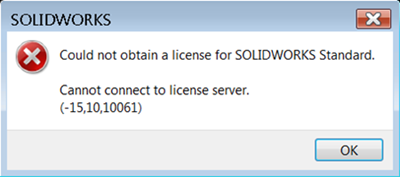
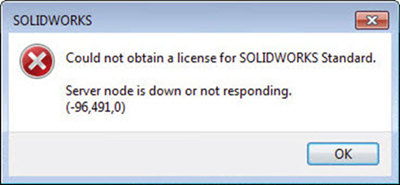
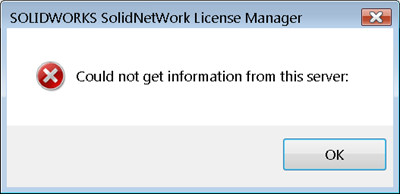
These issues can be caused by issues on the server or client side, and we will address the most common resolutions for these and similar issues.
Server Version
The license manager on the server must be at the same or newer than the version of SOLIDWORKS software running on the client. For this reason, we recommend always upgrading the SNL before any client machines, because there is no issue when the SNL is newer than the client software. Be sure to check this and plan any future upgrades accordingly.
SNL Service
You can also encounter issues if the SNL is the correct version, but the service is not running. To start the SNL service, you can launch the SNL, and if the ‘Start’ button on the right side under License Server is able to be clicked, click that to start the service.
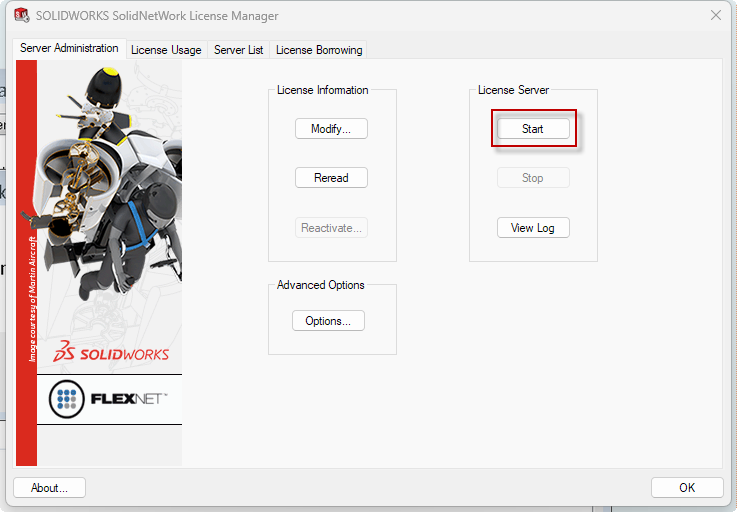
To check if the service is running correctly and starting automatically with the server, you can also go to Windows Services, find SolidNetWork License Manager and be sure the status is ‘Running’ and Startup Type is ‘Automatic’.
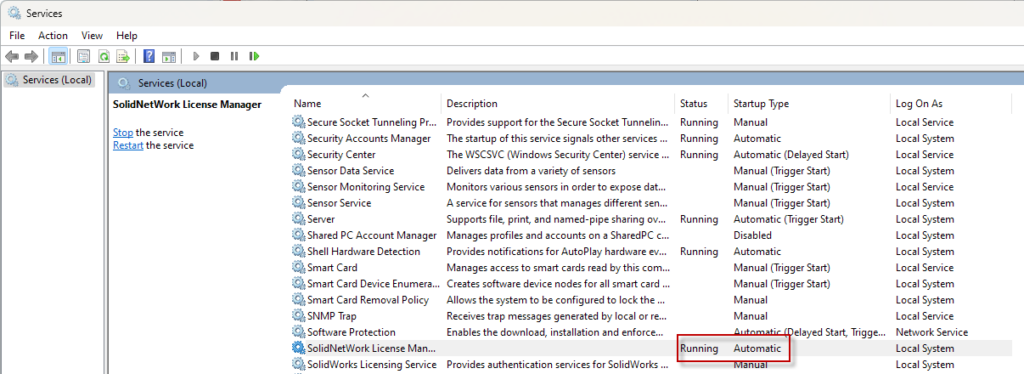
Ping Test
First, we want to see if the client machine can connect to the server without taking the software into account. To do this we will run a ping test. If this fails, then the client machine is unable to connect to the server, and the issue is not related to the SOLIDWORKS software. This will indicate if the issue is due to the network setup, which may require your IT to resolve.
To run a ping test:
- Open the Windows Start Menu, and navigate to Programs > Accessories > Command Prompt. Alternatively, search for cmd and run the command prompt from there.
- Type “ping <ServerName>” or “Ping <server IP address>,” then hit Enter.
- An example of what a successful ping test looks like is below.
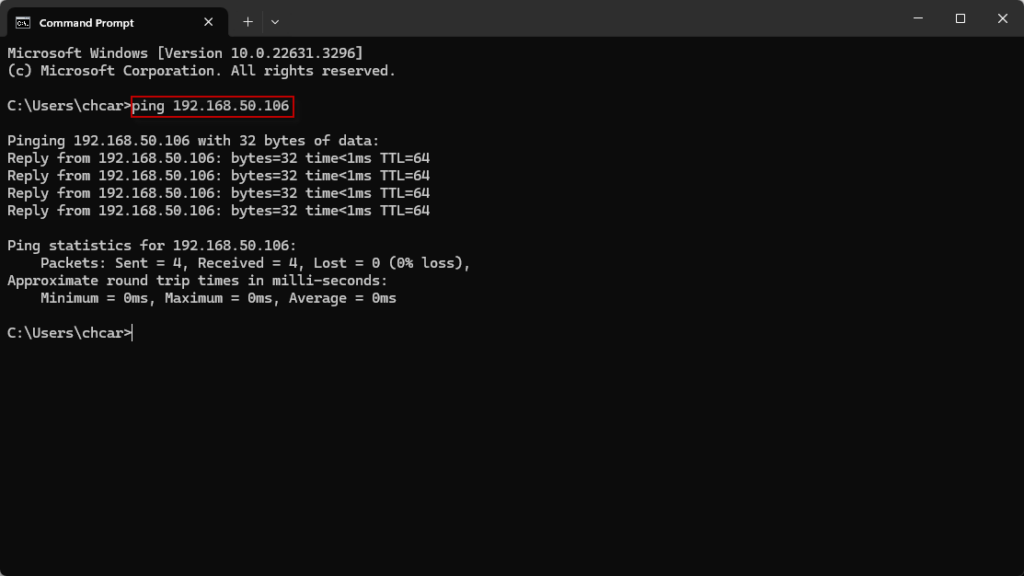
Telnet to Check Ports
If your machine is able to ping the server but unable to get a license, then it is possible that the ports on the server may be closed. The SNL uses ports 25734 and 25735, so you need to be sure that they are open on the server, and in rare cases the client as well.
To check if the ports are open on the server, we can use Telnet. On newer versions of Windows, this is not enabled by default and we will need to do so.
- Open Windows Start Menu
- Type ‘Telnet’ into the search. If you have the option to launch Telnet, do so and skip to step 4. If you instead see ‘Turn Windows Features on and off’, launch that. You will see a screen like the one below. Scroll down to ‘Telnet Client’ [Image Below] and check the box. Click OK.
- Similar to the earlier steps, launch the Command Prompt and type “telnet <ServerName> 25734” or “telnet <Server IP address> 25734 and hit enter.
- If you do not receive an error, then the connection was successful. A blinking cursor means the test was successful. If unsuccessful, add the firewall exceptions outlined below.

To Open Ports in Firewall
- Navigate to Windows Control Panel > Windows Firewall
- Select Advanced settings in the left panel
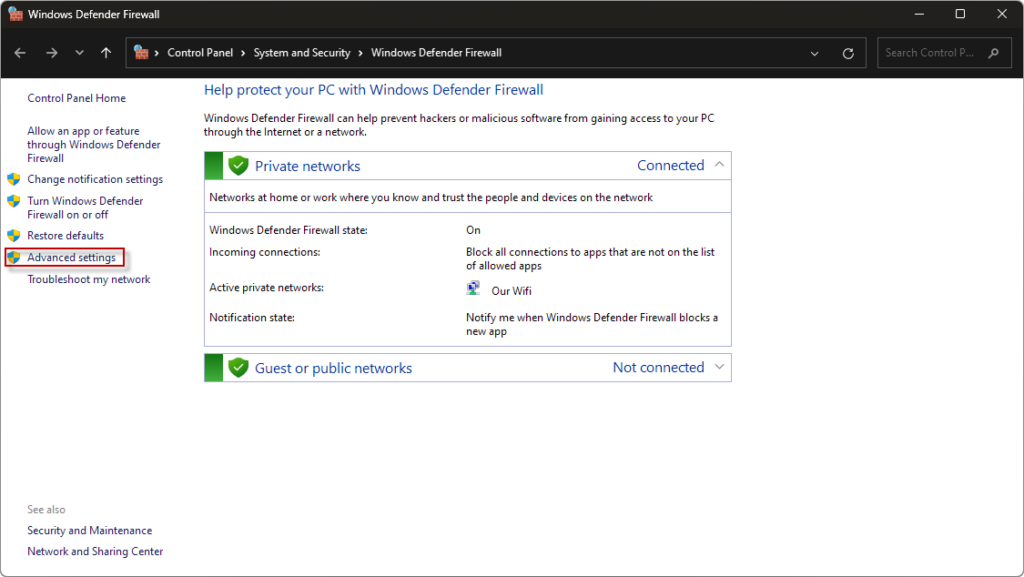
- Select Inbound Rules in the left pane and choose New Rule
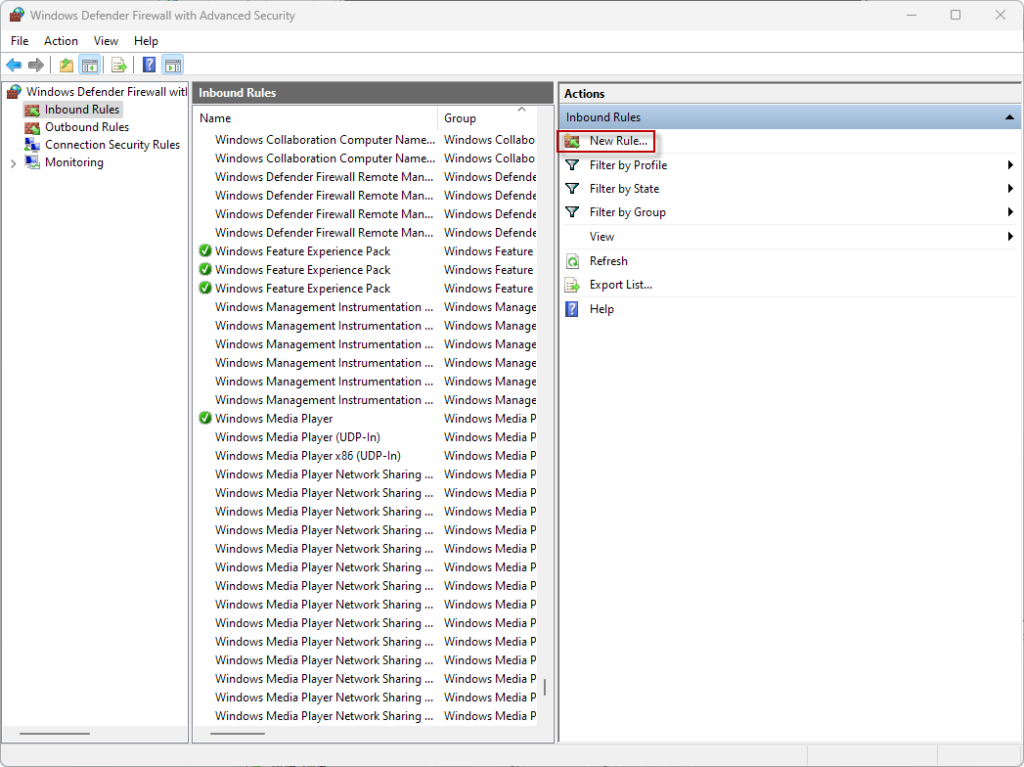
- Choose Port and specify TCP ports 25734 and 25735
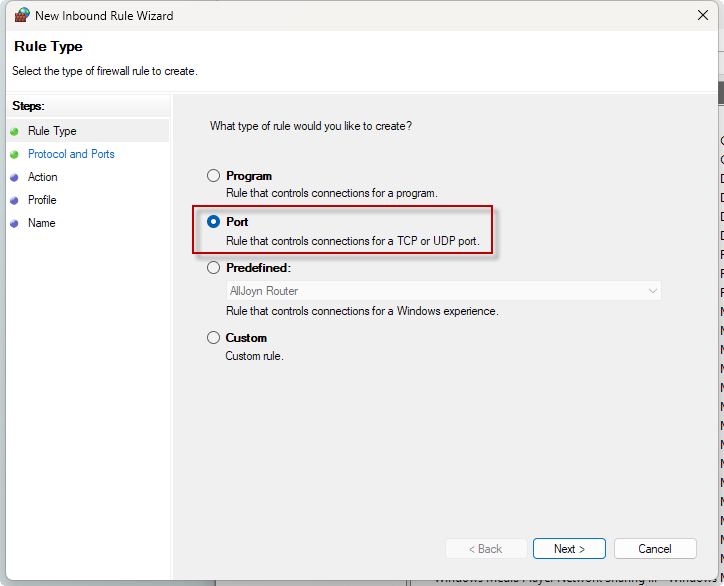
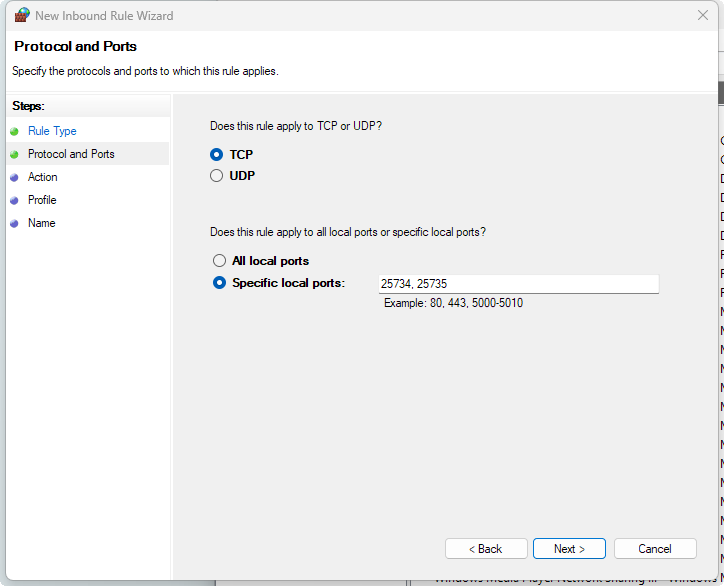
- This needs to be set to Allow the connection
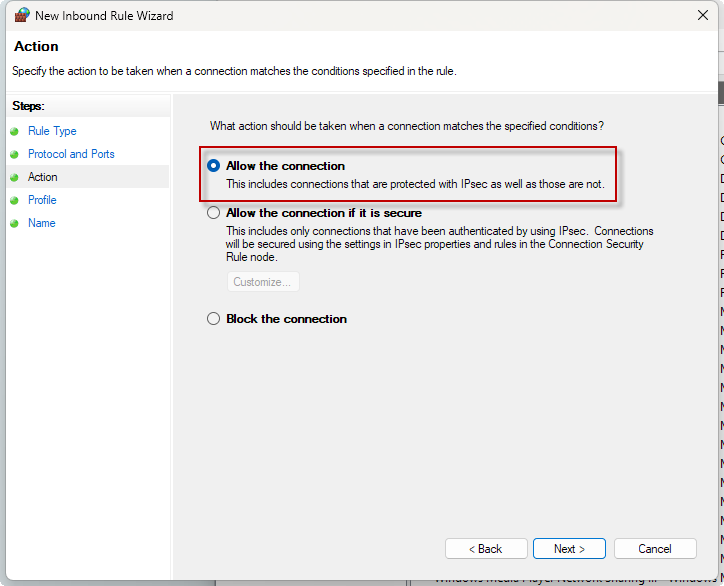
- Choose the appropriate profiles from Domain, Private, Public
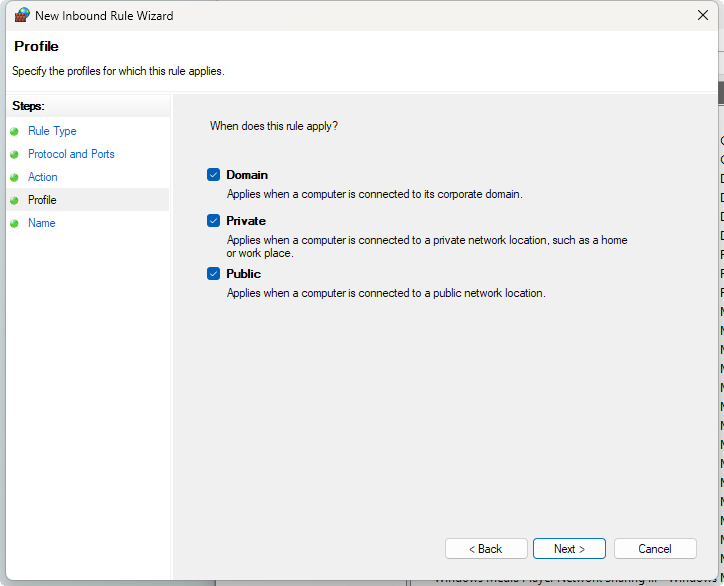
- Name the rule and repeat steps for an outbound rule.
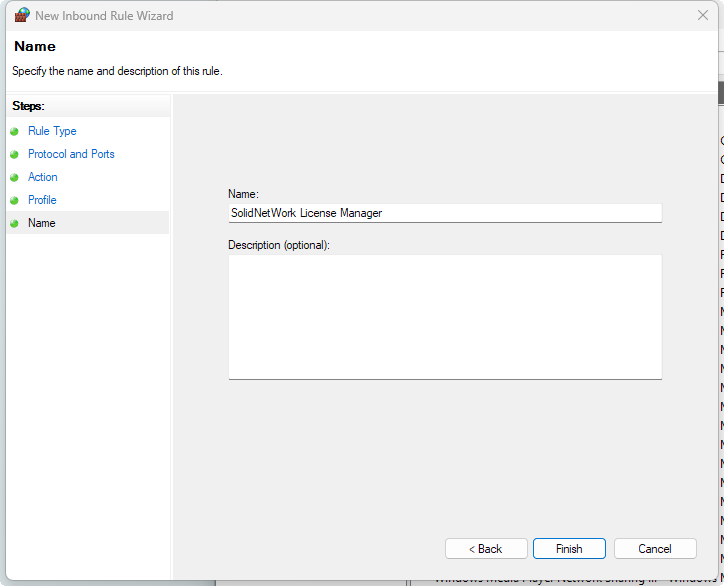
If you are still encountering issues, submit a ticket to us at https://www.cadimensions.com/contact/support/ and we will be more than happy to assist!
